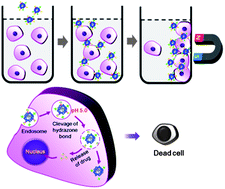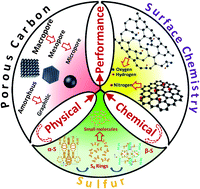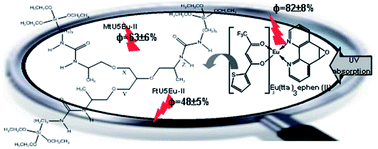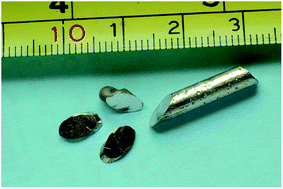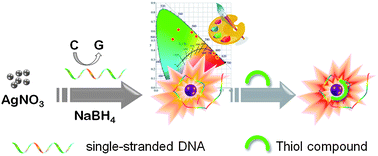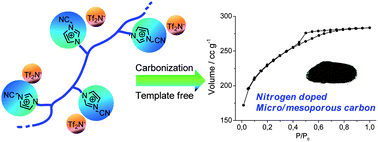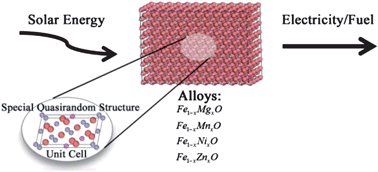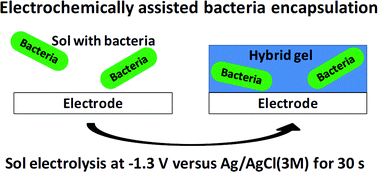Anybody who has spent time working in a chemistry laboratory would be forgiven for being jealous of nature’s ability to reliably prepare functional materials. One of its greatest tricks is the use of intermolecular forces to spontaneously create structures of incredible complexity out of many constituent parts. Recently, a great deal of research has focused on understanding these natural processes with a view to creating new materials unknown to nature.
As well as being inspired by naturally occurring self-assembly processes, Shuqin Xu et al. go one step further and also make use of a naturally occurring molecule – extracted from the commercially available fungus Auricularia auricula-judae. The molecule is a polysaccharide with a relatively hydrophobic backbone and hydrophilic side-chains. This combination of features means that – much like the self-assembly of lipids into bilayers – the chains self-assemble into hollow nanofibres with a hydrophilic surface and hydrophobic core. Fluorescence microscopy revealed these fibres to be several microns long with diameters of less than 100 nm. Furthermore, increasing the concentration of the nanofibres led to self-assembly into high aspect ratio thin films followed by rolling of the films into tubes. This fascinating hierarchical structure is believed to contribute to improved mechanical properties over comparable materials such as glucose.
J. Mater. Chem. A, 2013, 1, 4198. DOI:10.1039/C3TA00050H
James Serginson is a guest web writer for the Journal of Materials Chemistry blog. He currently works at Imperial College London carrying out research into nanocomposites.
To keep up-to-date with all the latest research, sign-up to our RSS feed or Table of contents alert.












